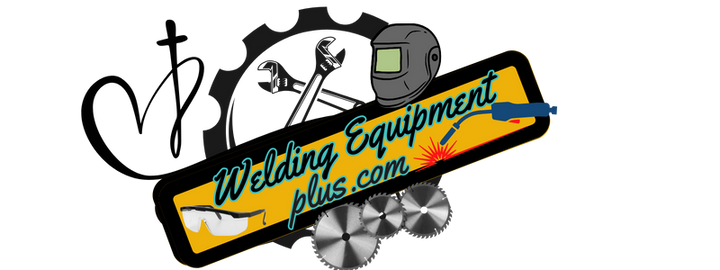Welding equipment, the heartbeat of any metalworking operation, requires diligent care to perform at its best. Regular maintenance not only extends the life of your equipment but also ensures the safety of the welder and the quality of the welds. In this guide, we present a step-by-step maintenance checklist to keep your welding equipment in optimal condition.
- Safety First:
Before diving into maintenance, always prioritize safety:
Personal Protective Equipment (PPE):
Check and replace damaged or worn-out PPE, including welding gloves, helmets, and safety glasses.
- Visual Inspection:
Begin with a visual examination of your welding equipment:
Cables and Hoses:
Inspect welding cables and hoses for cuts, abrasions, or exposed wires.
Ensure proper insulation and replace damaged components promptly.
Connections:
Examine all connections for tightness, including those on the welding machine, torch, and ground clamp.
Look for any signs of corrosion or loose bolts and tighten as needed.
- Electrical Components:
Power Source:
Check the power source for any unusual sounds, smells, or visual signs of damage.
Verify that all electrical components are properly grounded.
Circuit Breakers:
Inspect and reset circuit breakers if needed.
Ensure that the circuit breaker settings match the equipment's specifications.
- Gas Supply System:
If your welding process involves gas, pay special attention to the gas supply system:
Regulators:
Check regulators for leaks and ensure they are set to the correct pressure.
Replace any damaged or malfunctioning regulators.
Hoses and Fittings:
Inspect gas hoses for cracks, leaks, or signs of wear.
Tighten any loose fittings and replace damaged hoses.
- Welding Torch or Gun:
Nozzle and Contact Tip:
Clean the nozzle and contact tip regularly to prevent spatter buildup.
Ensure proper alignment and replace any damaged components.
Cooling System (if applicable):
If your welding torch has a water cooling system, check for leaks and ensure the coolant is at the recommended level.
- Welding Machine Settings:
Voltage and Amperage Settings:
Verify that voltage and amperage settings match the requirements of your welding task.
Calibrate or recalibrate the machine if necessary.
Wire Feeder (for MIG Welding):
Check the wire feeder for proper tension and ensure smooth wire feeding.
Clean and lubricate the wire feeder according to the manufacturer's recommendations.
- Routine Lubrication:
Moving Parts:
Lubricate moving parts, such as hinges, levers, and gears, to prevent friction and ensure smooth operation.
- Periodic Inspections:
Manufacturer's Recommendations:
Follow the manufacturer's recommended maintenance schedule.
Perform any required periodic inspections or adjustments.
- Documentation:
Record Keeping:
Maintain a log of maintenance activities, including dates and details of any repairs or replacements.
Keep the equipment manual and relevant documentation in a readily accessible location.
Conclusion:
A well-maintained welding machine is not just a tool; it's a key to achieving precise, high-quality welds. By adhering to this comprehensive maintenance checklist, welders can ensure the longevity of their equipment, enhance safety, and contribute to the efficiency of their welding operations. Regular checks and timely repairs or replacements will keep your welding equipment ready for the challenges that lie ahead, ensuring that every weld is a testament to precision and craftsmanship.


